WASHPO: HIV funds bypassing areas in need
SERVICES ARE SCARCE IN D.C. WARDS 7, 8
'We're in one of the most powerful cities in the world. It's not fair to these kids that we didn't get it right.'
By Debbie Cenziper
Washington Post Staff Writer
Sunday, December 13, 2009
They are cheering and clapping and calling his name, but the boy in the corner won't budge.
In front of him, eight children stand elbow to elbow on a rainbow-colored carpet. The adults at the group therapy session in Northwest Washington say: Tell us what makes you celebrate. The boy stares at his khakis, refusing to look up, even after a friend tries to coax him into the giggling fray.
On this chilly night early last month, the 9-year-old has traveled across town to the District's only community-based program for children affected by HIV and AIDS. Some have lost a parent. Others were infected by their mothers at birth and are living with the disease themselves.
After a day in fourth grade, the boy is tired and drawn. He comes from a family where two generations have been infected with HIV.
Soon, he will leave Pediatric AIDS/HIV Care's bustling townhouse filled with finger paints and dinosaur books and trek home to a desolate area east of the Anacostia River that has become the epicenter of the AIDS epidemic in the nation's capital.
Among District residents known to have HIV/AIDS, one in four lives in the squat rowhouses and aging public housing complexes of predominantly African American wards 7 and 8. But since 2004, the city has awarded just 6 percent of $100 million in AIDS funding to specialized nonprofit groups east of the river, forcing families to scramble for care in other parts of the city, a Washington Post investigation found.
Four years ago, the city launched the East of the River Initiative, a widely touted effort to address the disparity. Pressed by D.C. Council members, the city Health Department has earmarked about $3.5 million to bolster neighborhood groups focused on AIDS housing, counseling and case management.
But the city spent more than $1 million from the fund on grants to nonprofit groups in other neighborhoods. Much of what was left was awarded to programs that had little lasting impact east of the river, hobbling a well-intentioned effort to drive money into an area that has long lacked a network of established nonprofit groups to help slow the spread of the disease.
The Health Department used the fund to pay for a high-end study instead of services, a neighborhood AIDS office in Ward 7 that closed within months and grants to nonprofit groups tainted by financial and operational problems, records show.
Go HERE to continue reading.
For more Congress Heights and River East news visit The Congress Heights Examiner website, http://www.examiner.com/x-13507-Congress-Heights-Community-Examiner
Share on Facebook
'We're in one of the most powerful cities in the world. It's not fair to these kids that we didn't get it right.'
By Debbie Cenziper
Washington Post Staff Writer
Sunday, December 13, 2009
They are cheering and clapping and calling his name, but the boy in the corner won't budge.
In front of him, eight children stand elbow to elbow on a rainbow-colored carpet. The adults at the group therapy session in Northwest Washington say: Tell us what makes you celebrate. The boy stares at his khakis, refusing to look up, even after a friend tries to coax him into the giggling fray.
On this chilly night early last month, the 9-year-old has traveled across town to the District's only community-based program for children affected by HIV and AIDS. Some have lost a parent. Others were infected by their mothers at birth and are living with the disease themselves.
After a day in fourth grade, the boy is tired and drawn. He comes from a family where two generations have been infected with HIV.
Soon, he will leave Pediatric AIDS/HIV Care's bustling townhouse filled with finger paints and dinosaur books and trek home to a desolate area east of the Anacostia River that has become the epicenter of the AIDS epidemic in the nation's capital.
Among District residents known to have HIV/AIDS, one in four lives in the squat rowhouses and aging public housing complexes of predominantly African American wards 7 and 8. But since 2004, the city has awarded just 6 percent of $100 million in AIDS funding to specialized nonprofit groups east of the river, forcing families to scramble for care in other parts of the city, a Washington Post investigation found.
Four years ago, the city launched the East of the River Initiative, a widely touted effort to address the disparity. Pressed by D.C. Council members, the city Health Department has earmarked about $3.5 million to bolster neighborhood groups focused on AIDS housing, counseling and case management.
But the city spent more than $1 million from the fund on grants to nonprofit groups in other neighborhoods. Much of what was left was awarded to programs that had little lasting impact east of the river, hobbling a well-intentioned effort to drive money into an area that has long lacked a network of established nonprofit groups to help slow the spread of the disease.
The Health Department used the fund to pay for a high-end study instead of services, a neighborhood AIDS office in Ward 7 that closed within months and grants to nonprofit groups tainted by financial and operational problems, records show.
Go HERE to continue reading.
For more Congress Heights and River East news visit The Congress Heights Examiner website, http://www.examiner.com/x-13507-Congress-Heights-Community-Examiner
Share on Facebook
